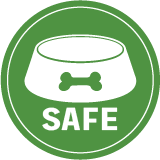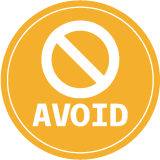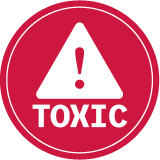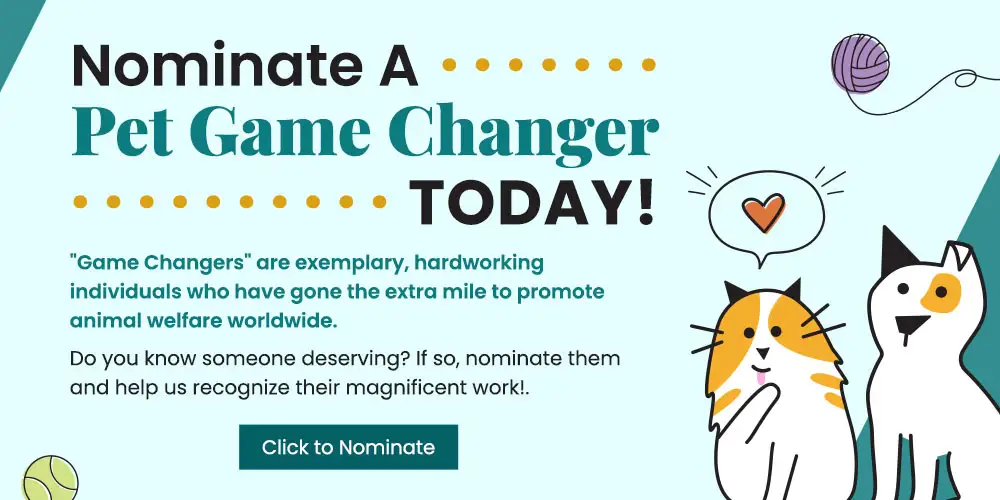What You Must Know Before Going to Any Dog Park
Most dog parents don't realize it, but every time you set foot in an off-leash dog park, you assume risks of injury and disease. And your perfectly healthy dog may not even enjoy going or do well at one. Eight dog park safety tips to know before you go.
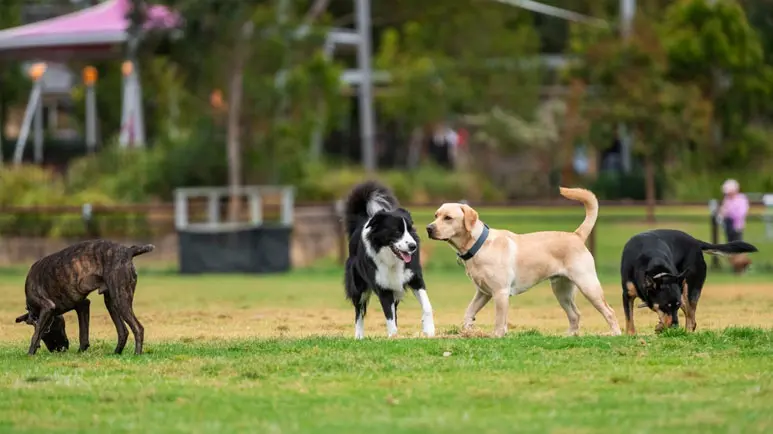
STORY AT-A-GLANCE
- Local dog parks offer our canine companions the opportunity to run off-leash and meet, play, and socialize with other dogs
- However, dog parks can also be dangerous territory depending on how they’re set up, how attentive the dogs’ owners are, the number of aggressive pets in attendance, and park cleanliness
- Dog park safety tips include picking the right park to visit, insuring your dog is responsive to basic verbal commands, and providing appropriate supervision for your own pet while keeping a watchful eye on the behavior of other dogs
- Some dogs don’t do well at the dog park, but this doesn’t necessarily mean they’re antisocial or unfriendly
- Adult canines aren't wired to mix and mingle with large groups of strange dogs, so think of socialization in terms of exposure to other dogs and people through directed activities
Editor's Note: This article is a reprint. It was originally published May 25, 2015.
If you've taken your canine companion to an off-leash dog park, you've probably noticed that some dogs and their owners seem pretty clueless about proper dog park decorum.
Some dog guardians clearly don't plan or prepare for a visit to an environment in which dozens of dogs who don't know each other are running loose and engaging in a variety of canine behaviors, some of which are dangerous. According to Dr. Wayne Hunthausen, a veterinarian and pet behavior consultant:
"Aggression is not uncommon at a dog park. It's certainly something pet owners need to be educated about. There are things they can do to prepare at the park — and even before."1
Rule No. 1 is that as your pet's guardian, you assume a certain amount of risk when you take your dog to a dog park. He could be injured during play or a fight, he could be bitten (or bite someone), or he could acquire an infectious disease.
Rule No. 2 is that not all dogs enjoy or do well at the dog park, and it's possible yours is among them. Some are too fearful, don't know how to play, or are too threatening or aggressive toward other dogs or people.
8 Dog Park Safety Tips
- Pick the right dog park for you and your pet. Ideally, an off-leash park should have:
- A double-gate entry, secure fencing, and posted rules of conduct
- Centrally located, well-stocked poop-bag dispensers and trash cans
- Separate areas for large and small dogs, and plenty of room for dogs to run
- A sheltered area, preferably with seating
- Dog-friendly water fountains
- Unless your dog is medically exempt from receiving rabies vaccinations, be sure to keep her rabies tag up-to-date or titer your dog. Unfortunately, most parks don't accept rabies titers. The rabies vaccine is required by law for most dog parks, so if you're going to one, you'll have to abide by their rules.
If your dog, heaven forbid, happens to bite another dog or a human, you'll be required to prove his rabies vaccination is up-to-date or there could be some very unpleasant consequences for you and your pet. - Make sure your dog is consistently responsive to basic obedience commands like come, sit, stay, and leave it. This will help you control her in a dangerous situation.
- Bring necessary supplies with you, including:
- Your dog's leash
- Poop bags (the park may not provide them or the dispensers could be empty) and fresh water (in case there are no drinking fountains)
- Your cell phone to make an emergency call if necessary
- Something to break up a fight between dogs, such as an animal deterrent spray or an air-horn
- Be vigilant. It's not necessary to be on high alert every time you visit the dog park, but it is important to be observant. Don't let your dog inside the gate if there are other dogs gathered there. Wait until they wander off before opening the gate and removing your dog's leash.
Keep an eye on your dog, but also be watchful of other dogs around him — especially if they appear overly excited or aggressive. If your dog reacts with fear or seems overwhelmed, call him back to you or go to him and extract him from the situation. Add your local Animal Control number to your cell phone contact list, and don't be afraid to call if a dog is behaving in a threatening manner and the owner isn't providing appropriate supervision. - If the dog park you visit doesn't have a separate small dog area, be extremely careful of big dogs around little ones. If your dog is large, don't allow her to frighten or intimidate smaller dogs. If your dog is small, find a dog park with a separate small dog area. Aggressive dogs come in all sizes, but a small dog has a much better chance of surviving an act of aggression by a dog his own size.
- Know the difference between play and aggression in dogs. A playful dog bounces around, wags her tail, and generally looks relaxed both in posture and facial expression. A dog that is showing aggression often has a stiff stance, raised hackles, a closed mouth, and is hyper-focused.
If your dog and another dog begin growling at each other, remain calm and don't yell. Call your dog back to you with a basic command and move to another spot away from the other dog, or take your pet out of the park if you or he still feels threatened. If your dog winds up in a fight, don't grab his collar because you could get hurt. Instead, use your deterrent spray or air horn to break up the fight. - If your dog is being threatening or aggressive to other dogs, or even if he's just acting overly excited, your safest option is to remove him from the park and visit on another day. It's unwise to assume your dog, even if he's normally passive, will never attack another dog or human. Unfortunately, it happens, and what the dog's owner often says is, "But he's never done that before!"
It's important to know your dog's temperament and moods. It's also important to realize that you can't with complete certainty predict his behavior 100% of the time.
Is Your Canine Companion Just Not a 'Dog Park Dog'?
If your dog doesn't do well at dog parks, it's important not to label him as antisocial or unfriendly toward all other canines.
Many dog trainers and behaviorists believe it's normal for an adult dog to NOT play nice with strange dogs in a dog park. Wild dogs aren't social in the human sense. They're social in that they live cooperatively in packs, but it's more about preservation and procreation. Dogs in the wild don't run around looking for other dogs to be BFFs with.
So don't use your pet's behavior at the dog park as a gauge of his sociability. Adult canines aren't wired to mix and mingle with large groups of strange dogs, so think of socialization in terms of exposure to other dogs and people through directed activities.



